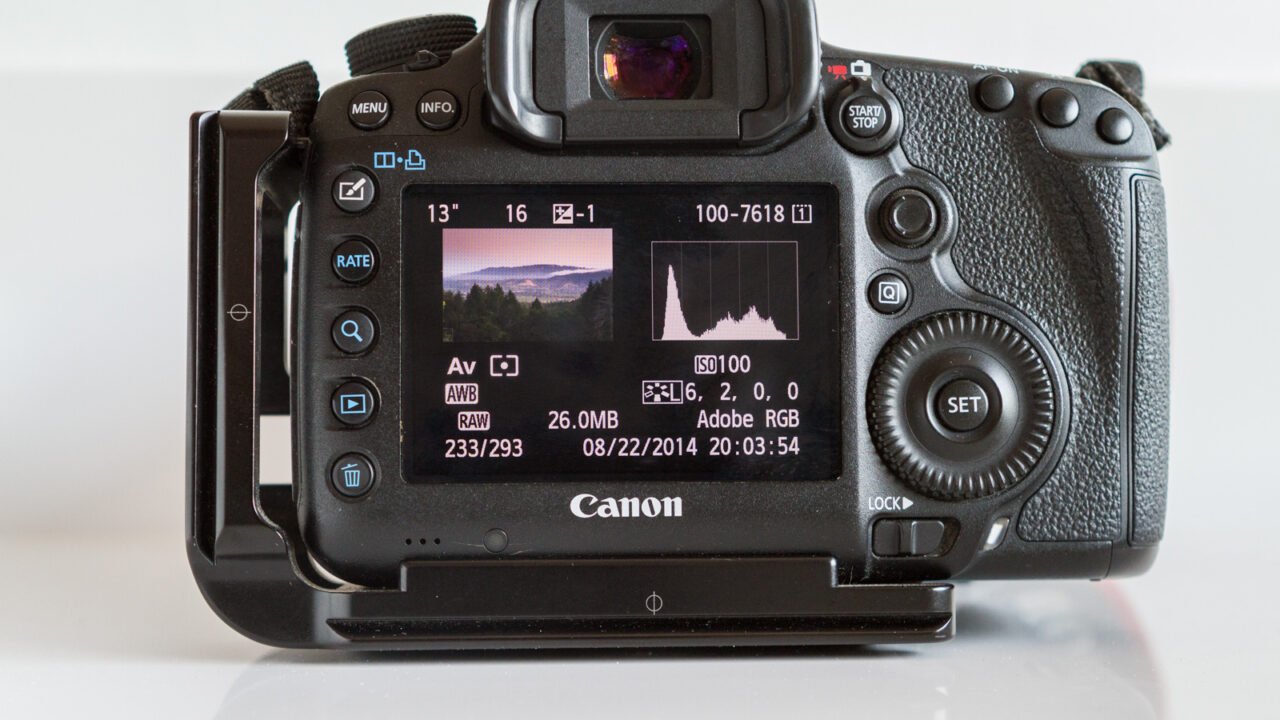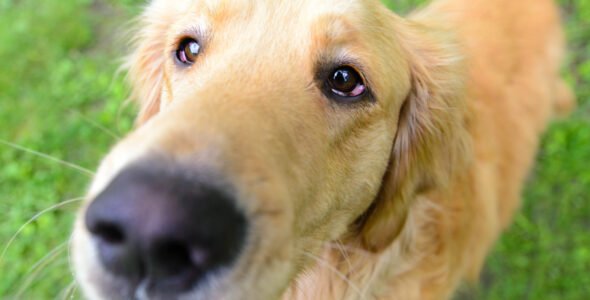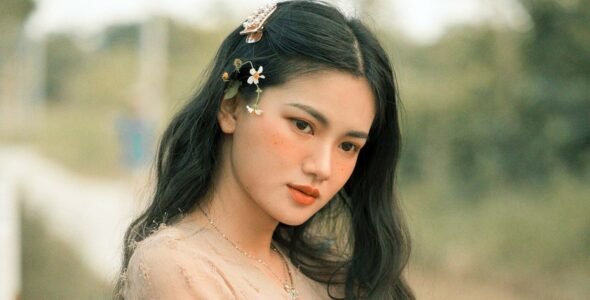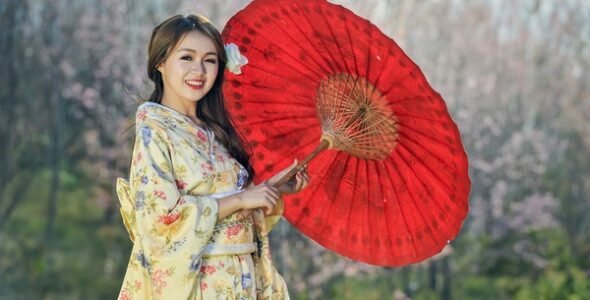Have you found that the photo is too light/too dark?
Whether it is a DSLR or a mirrorless/micro single, have you ever tried to see the photos on the screen in the sun, and often suspect that the photos are not properly exposed (too light/too dark)? In fact, professional photography will not rely on the light and darkness of the photo on the screen to determine whether the photo is properly exposed. Instead, we will use another effective tool-Histogram, which you must learn!
Now let me introduce to you a very important and convenient tool in Digital Photography Histogram. For those who are new to photography, this can be regarded as a very new and relatively “technical” thing, but in fact, once you understand the meaning of Histogram, you will find that it is really easy to use! Now I will give you a brief introduction,
In a histogram, the x-axis represents the information from dark to light, and the y-axis represents the amount of the information. The following are the three most common exposure situations:
- Overexposed
Most of the information is also skewed to the right, and there is basically no information on the left. - Correct exposure (Average)
Information is evenly distributed from left to right, with more information in the middle. - Underexposed
Most of the information is also skewed to the left, and there is basically no information on the right.
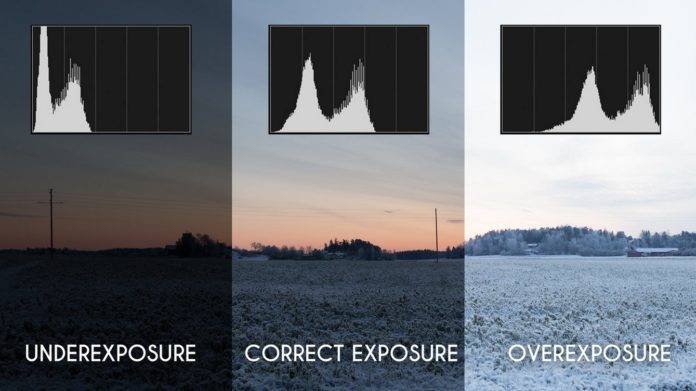
You may easily overexposure with snow background

Under different aperture the histogram shift from left to right
The myth of correct histogram
Does every photo also need to have or be adjusted to a histogram of normal exposure? Of course not. As mentioned before, photography emphasizes the cooperation of technology and artistic conception. An overexposed or underexposed photo can also be a good photo. Take a look at the following example:
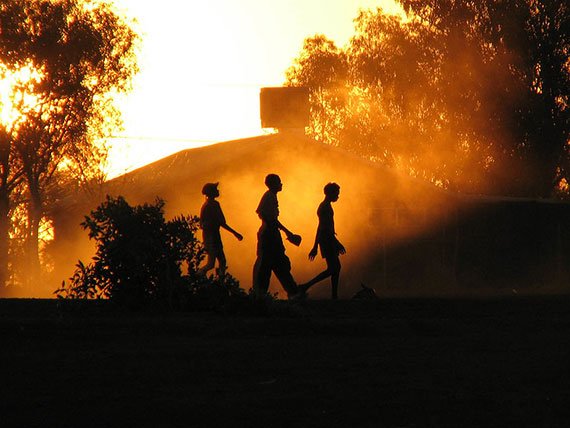
Obviously the above photo is underexposed and we need to deliberately adjust the aperture to create a silhouette photography effect.
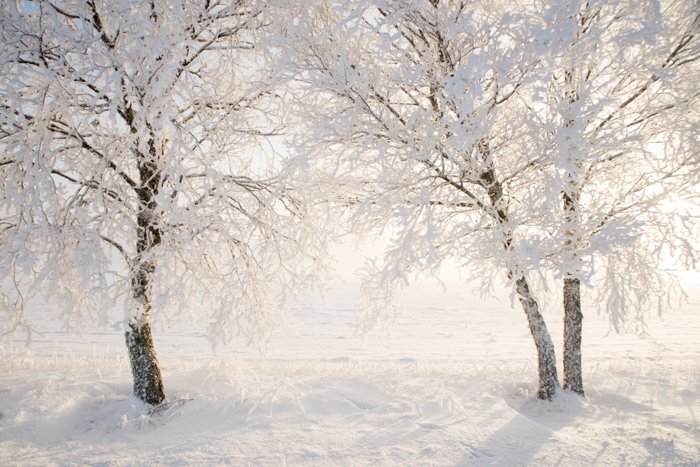
From the above effect the setting of aperture, shutter speed and ISO is deliberately adjusted to overexposure. The effect is to create a contrast to emphasize the snowy romantic wonderland.
Histogram is actually just a statistics that truly reflects the distribution of the dark and light levels of the photo. There is no absolute right or wrong histogram. But of course, if you want to take a photo with normal exposure such as travel photography, ordinary portraits, normal landscapes, etc. The histogram is very valuable for reference, so I suggest that you don’t just look at the photos after shooting, but also refer to the histogram to understand the impact of different aperture, shutter, and ISO combinations on exposure in different environments. Of course, the most important thing is yes. Make sure the photo has the “correct” exposure in your mind!
Written by Collin Smith @ remotes.works Holborn London

 My Account
My Account 